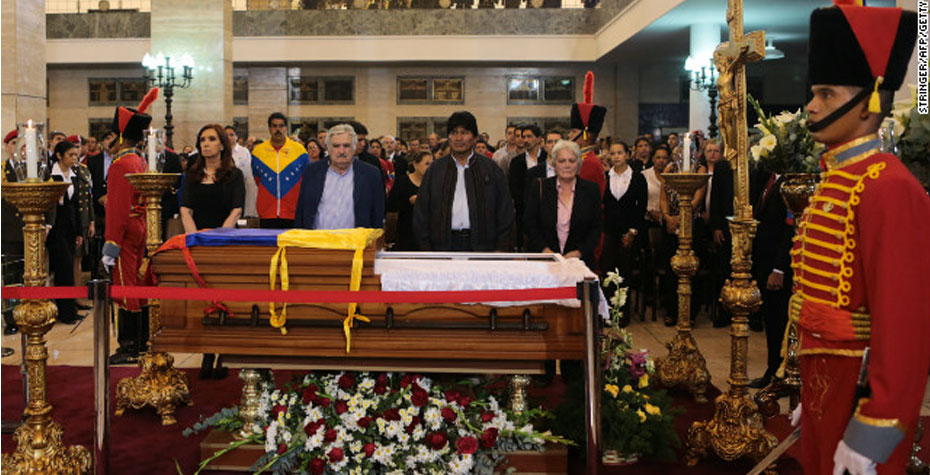Death of Venezuela's Charismatic Leader Raises Interest in Soviet History

It has been announced that the body of the late Venezuelan President Hugo Chavez will rest in a glass case on public display, forever.
Professor of History Nina Tumarkin, a historian of Russia, is author of Lenin Lives! The Lenin Cult in Soviet Russia. Her book looks at the decision to embalm Lenin in 1924—the first modern leader to have his corpse preserved in this way—as a reflection of a tumultuous period in early Soviet history. She spoke with the Associated Press and other outlets, including CNN, about the practice of displaying embalmed leaders.
"Many people feared that the regime could not survive [Lenin's] death, so after the announcement was made, Moscow became something of an armed camp," Tumarkin told CNN. With a good turnout for Lenin's lying-in-state period, his successors decided to make it "a going concern," Tumarkin said, first extending the period to the Russian Orthodox traditional 40 days of daily mass for the dead, but then keeping the leader on hand permanently. Not only did this seem to elevate the former leader to something of saint status, it lent some legitimacy to those who carried on in his name.
Said Tumarkin: "Most important from a political point of view, the leaders who followed Lenin at the time, or who would be competing for the mantle of general secretary of the party, were men who were really terrified that the whole system was going to come falling down."
Similar dynamics played in to the embalming and permanent or long-term display of Mao Zedong, Ferdinand Marcos, Kim Il Sun and Kim Jong Il, and other such rulers. Could this be playing out in Venezuela?
As Tumarkin told the Toronto Globe and Mail, (now found on hamptonroads.com) “It’s a throwback to Soviet, communist times, and it might seem obsolete, but it might be the only pantheon where [Mr. Chavez] belongs. Better to belong to the wrong club than none at all.”
Tumarkin's current research is on Russian historical memory of the Soviet past.
